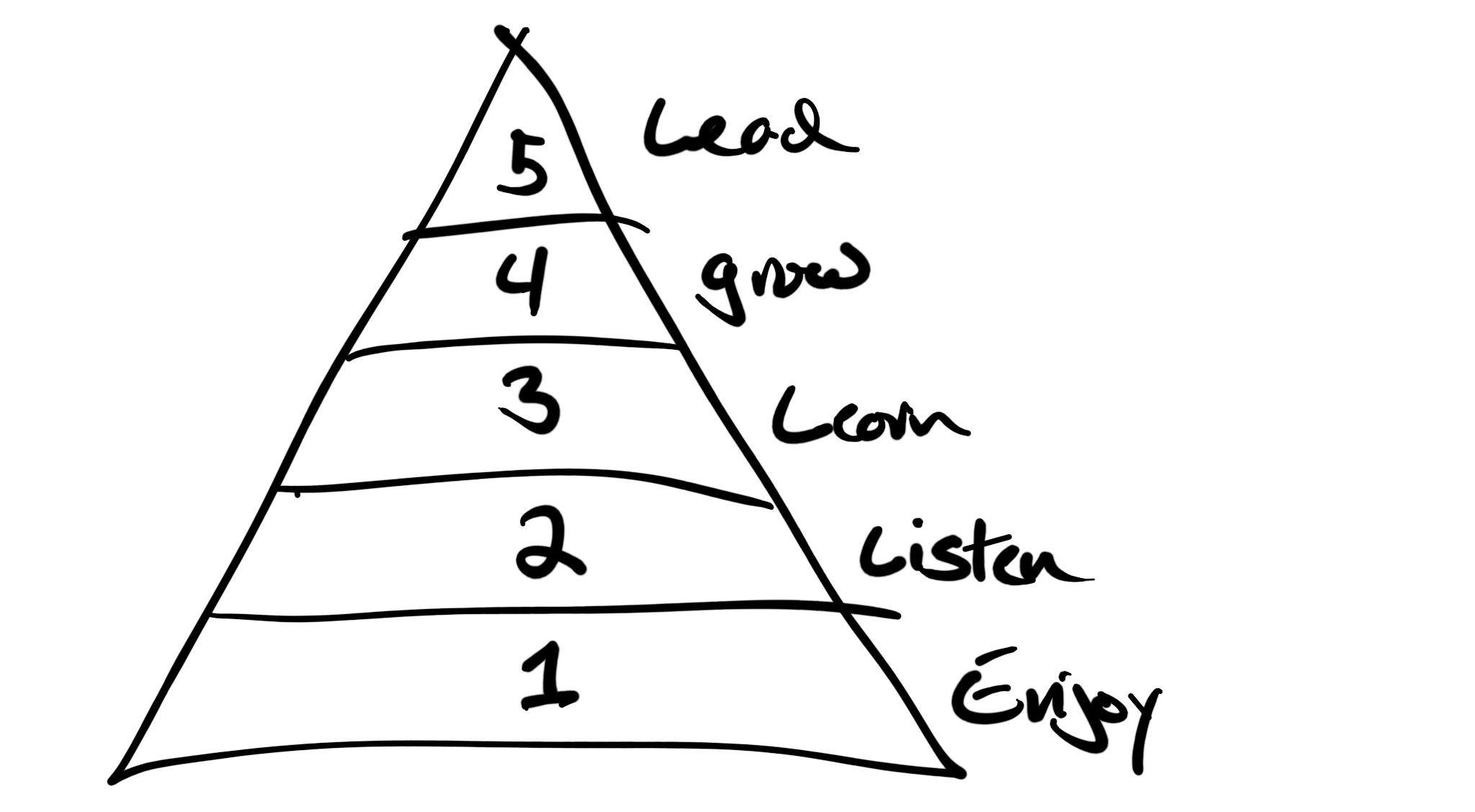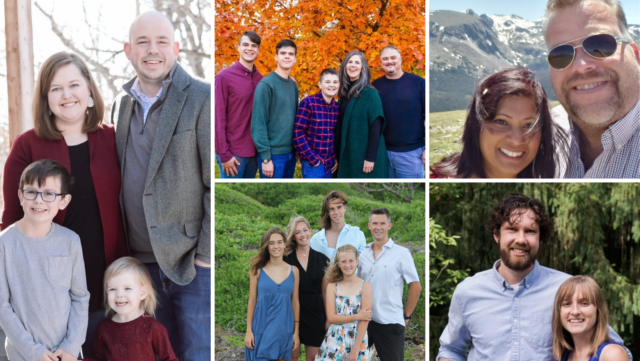I want to introduce you to a simple tool that has been a help to me for many years (I know that makes me sound old, but I kind of am!). We call it an Activity Pyramid. It’s a simple tool for thinking about all the different kinds of activities or events you might hold as you lead a church or specific ministry; looking at the person you’re trying to reach with the purpose of the activity.
One of the biggest difficulties we face is trying to accomplish everything in every activity we offer. Perhaps you’ve read Patrick Lecione’s wonderful book, Death by Meeting, where he makes the case that if organizations want to be truly functional and productive, they should have different types of meetings to address different kinds objectives. Patrick outlines several kinds of meetings we need to have if we don’t want to continue the feelings of a slow death we currently experience by trying to accomplish everything in our current meeting structure. I personally found his thoughts very helpful. The activity pyramid highlights the exact same sort of problems and solutions in our various activities.
 The Activity Pyramid is in the shape of a pyramid because it’s bigger at the base, meaning you will generally attract more participants to those activities and less participants in the activities as you move up the pyramid. In much the same way we see huge crowds were initially attracted to Jesus, as the personal cost of following him increased, the crowds became smaller and more committed.
The Activity Pyramid is in the shape of a pyramid because it’s bigger at the base, meaning you will generally attract more participants to those activities and less participants in the activities as you move up the pyramid. In much the same way we see huge crowds were initially attracted to Jesus, as the personal cost of following him increased, the crowds became smaller and more committed.
Simple enough, right? Here’s the basic problem. I’ve watch many church leaders only host activities that would fit into one or two sections of this diagram. We can either severely limit the different kinds of people who might participate, or we might never help people grow as healthy followers of Christ. Either way, we might be missing some wonderful opportunities to invite others into a transformative relationship with Christ.
Let me explain a bit about what I mean by each type of event:
Come & Enjoy
The bottom of the pyramid is what we call our Come & Enjoy events. These are the fun events, the parties where we invite anyone and everyone. It can range from inviting coworkers over for dinner to throwing parties for your neighbors. No matter the type of activity, it should create the opportunity to get to know people and build relationship. And these events are the base for the rest of the activities, the kinds of activities where you’ll get the most people attending.
[perfectpullquote align=”left” cite=”” link=”” color=”” class=”” size=””]No matter the type of activity, it should create the opportunity to get to know people and build relationship.[/perfectpullquote]
I’ve watched many leaders intend to throw this type of events, but they then start to plan four different people to share their stories; they unknowingly change the type of event into a come and listen event. Be careful for this, because you need something where the bar is dropped down and people are just hanging out. You don’t want to make this a bait and switch for your attendees. You’re simply meeting a need in building community. From a true come and enjoy event you can invite people into the next level to come and listen. And don’t forget that, because the invite is vital!
Come & Listen
A Come & Listen event or activity is just like it sounds, you’re inviting someone to come hear something. I know, pretty straightforward right? Picture a concert, or a movie night where it’s more than just coming together to enjoy ourselves, we’re also offering a story of how lives are changed by the gospel, or perhaps how someone first began to explore faith in Christ. You might even create space for discussions to take place after a presentation. At this level you’re going a bit deeper than just building relationships and enjoying yourselves, but you’re not yet exegeting the book of Romans.
Come & Learn
The next level is where most of us churchy activities tend to take place. A Come & Learn event is one where you’re actually trying to teach something. This is like a weekend service where you hear someone preach. Small groups and youth groups also fit in this category. Those who are attending are putting themselves in a learning posture and we’re trying to pass on how life with Christ and one another actually works. We regularly host what we call Weekend Workshops at my church where we pass on information about aspects of a healthy walk with God, such as an introduction to spiritual gifts, how to think about prophecy, a biblical approach to managing money, etc.
[perfectpullquote align=”right” cite=”” link=”” color=”” class=”” size=””]We’re trying to pass on how life with Christ and one another actually works.[/perfectpullquote]
Come & Grow
What differentiates a Come & Grow event from a learning event is generally the homework involved. At the simplest level there might be a reading assignment, but it might also involve study, reflection, and a specific assignment aimed at putting into practice what’s being taught. And at this kind of event there is generally some sort of accountability requirement to actually get the work done.
As you can see, each step along the way involved a bigger commitment from the participant, as well as from the leader. While the participants you’re aiming at for an Enjoy event could be anyone and everyone, some of those folks would never place themselves in any of the other kinds of events, unless you first established some sort of relationship with them. Only then could you invite them into something more. Similarly, the kind of leaders necessary changes as you move up the pyramid; it takes a much more biblically mature leader to host a spiritual gifts workshop versus a kickball game.
Come & Lead
Lastly, the Come & Lead events signify the ways you’re now encouraging and involving others to try their hand at organizing events that are going on in your community. You need to have events where others get to take over the leadership roles. If this isn’t on your leadership radar, those potential leaders will be looking for other opportunities to exercise the gifts God has given to them, and they likely won’t stay involved in whatever you’re trying to accomplish.
As a church plant, if all we’re ever inviting someone to is a come and learn small group, we’re missing out on a group of people who aren’t ready for that. From the get-go, you want to try to plan activities in each of the categories in the pyramid. Some people are going to ready for leadership, others might need to come and explore by listening, or someone might not even know Jesus yet and you’ll want to start simply by building relationship with them. A wholistic approach provides the opportunity for each person to jump into what your church is doing and a chance for them to grow as they move up the pyramid.




